September 22, 2025
What is Monad? Find out what this novel Layer-1 Blockchain can do in terms of High performance and low transaction fees.
Monad Introduction
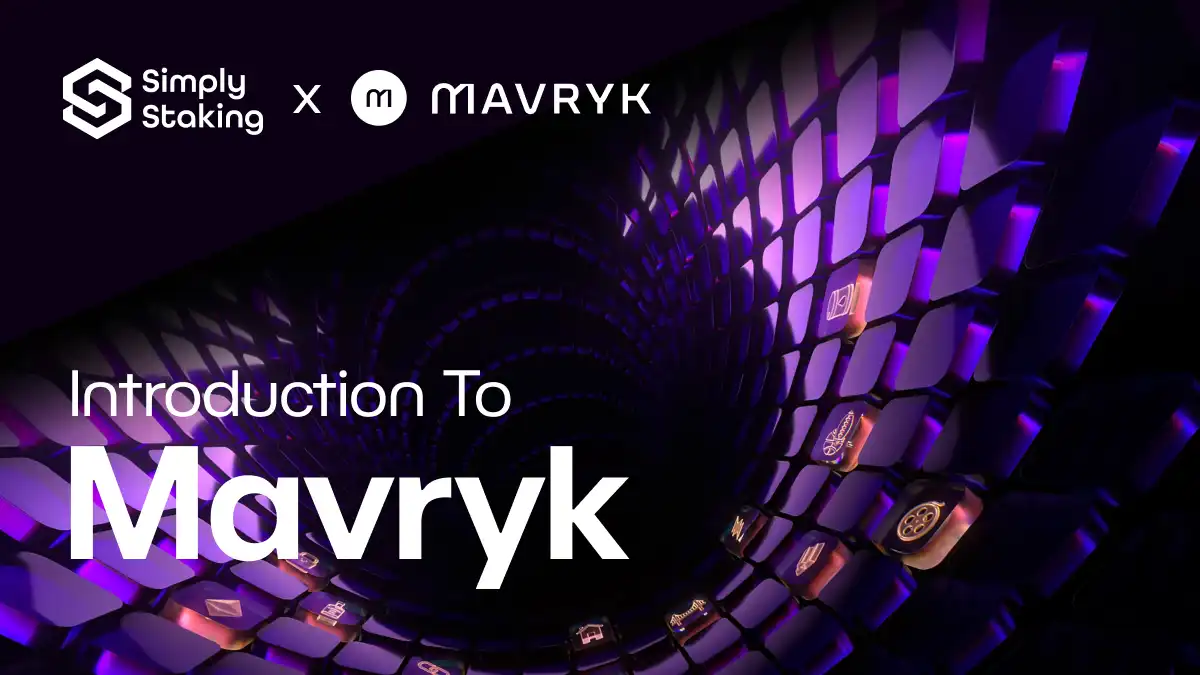
September 22, 2025
Introduction to Mavryk Network.
Mavryk Article
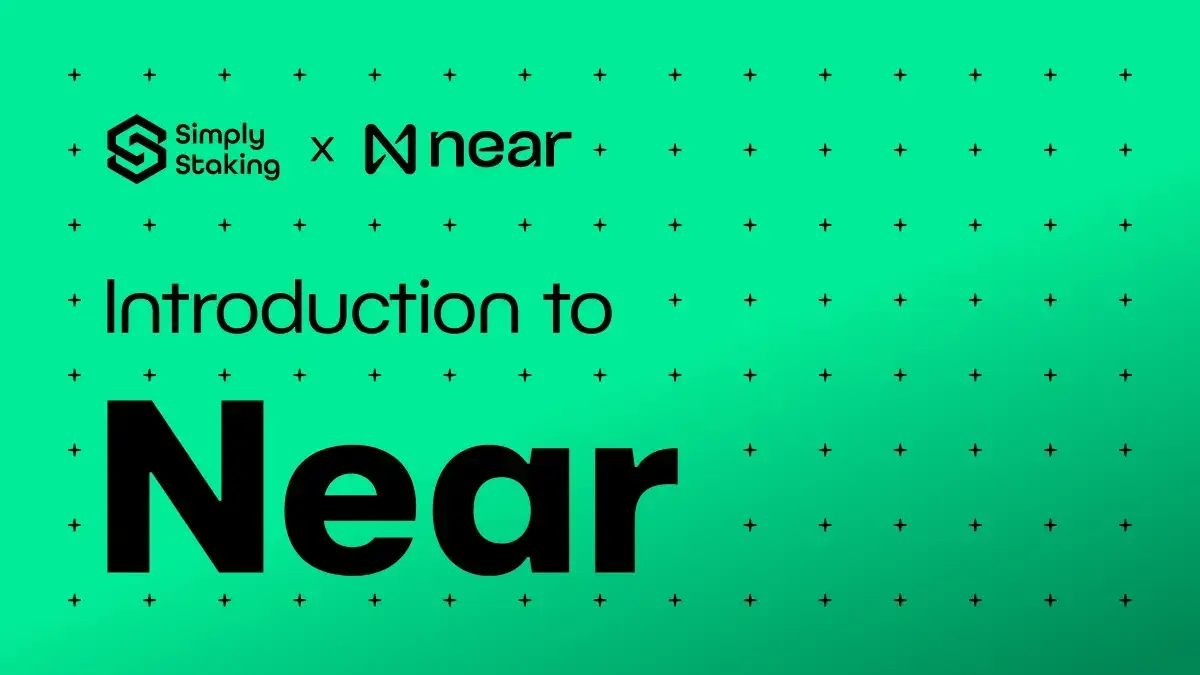
March 21, 2025
What is Near Protocol?
NEAR Article
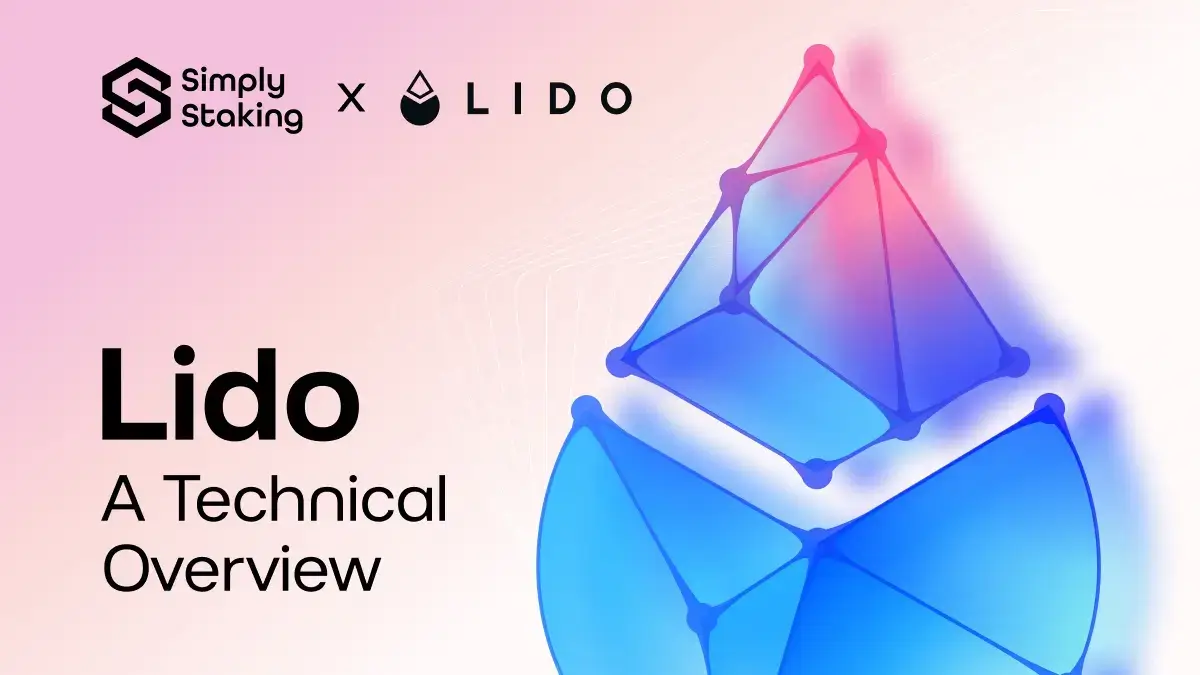
January 9, 2025
What is Lido protocol?
Ethereum Introduction
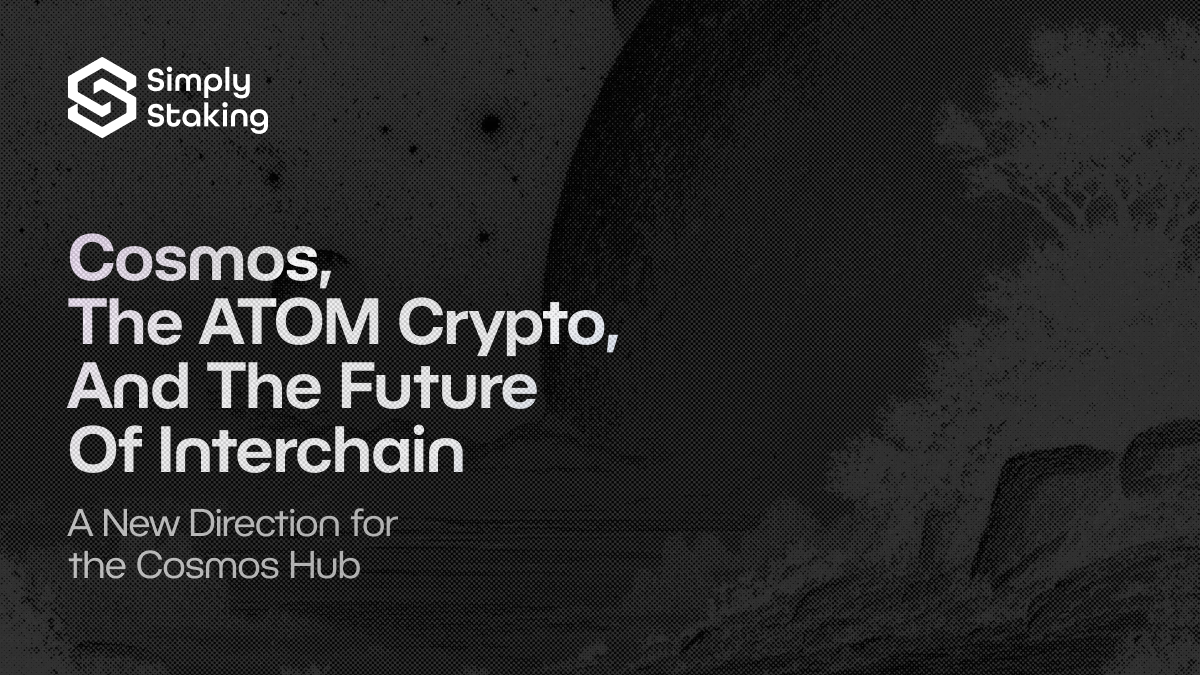
December 22, 2025
ATOM Crypto and the Cosmos Hub | Future Outlook and Price Action
Network Analysis

December 16, 2025
How Quantum Computers Could Shape the Future Of Blockchain Architecture.
Network Analysis
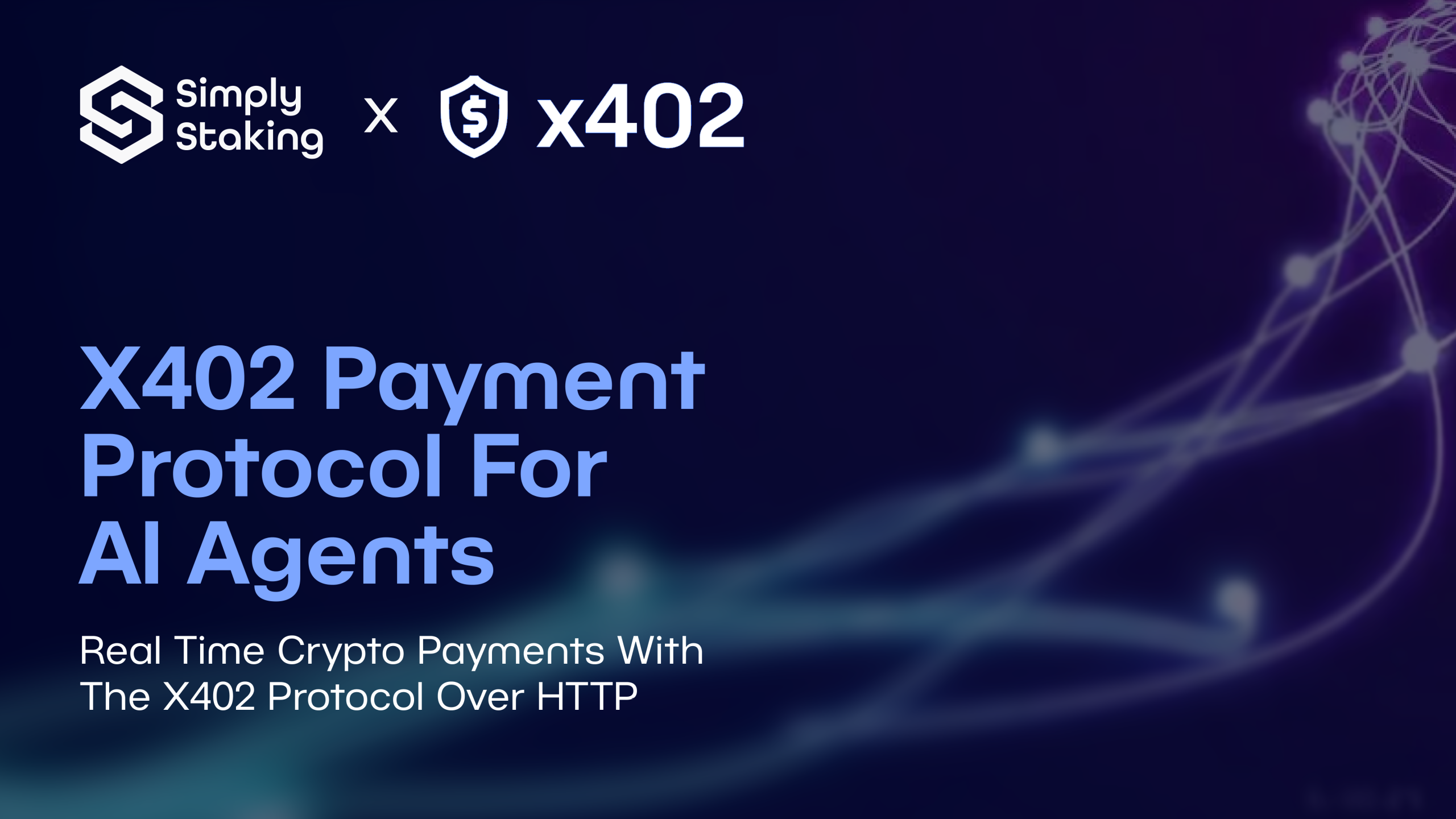
December 11, 2025
Learn how the x402 payment protocol enables real time stablecoin transactions.
Network Introduction

November 27, 2025
The Rise of the Perp DEX.
Network Introduction
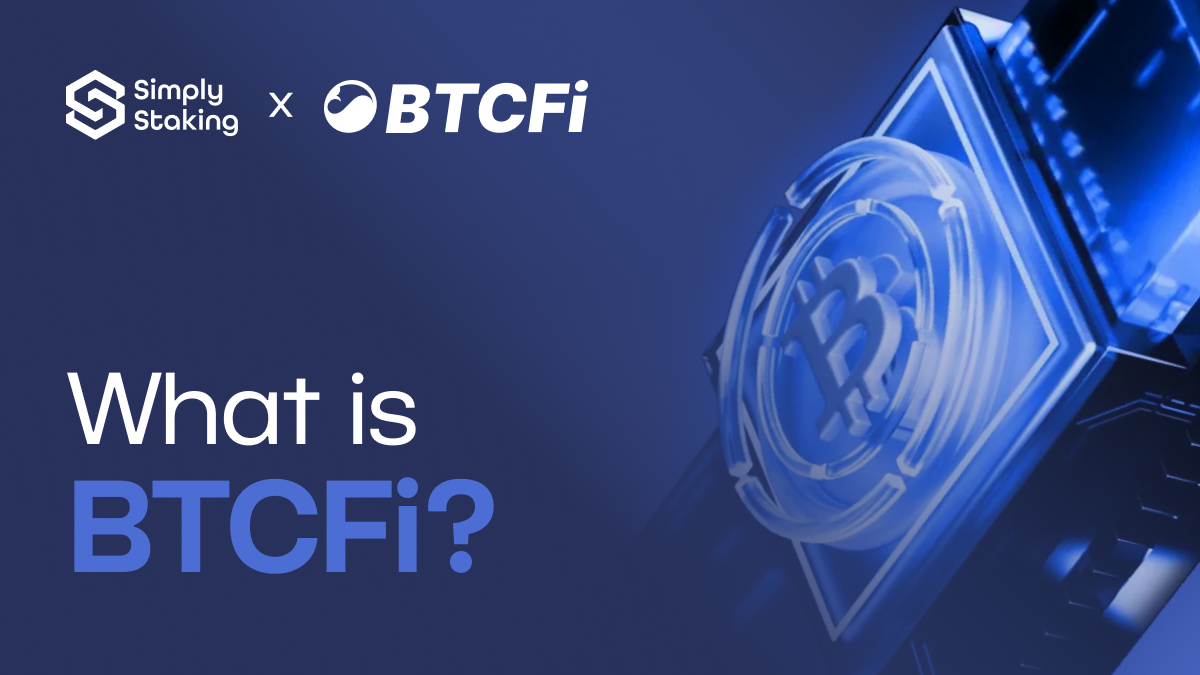
November 14, 2025
What is BTCfi?
Bitcoin Analysis
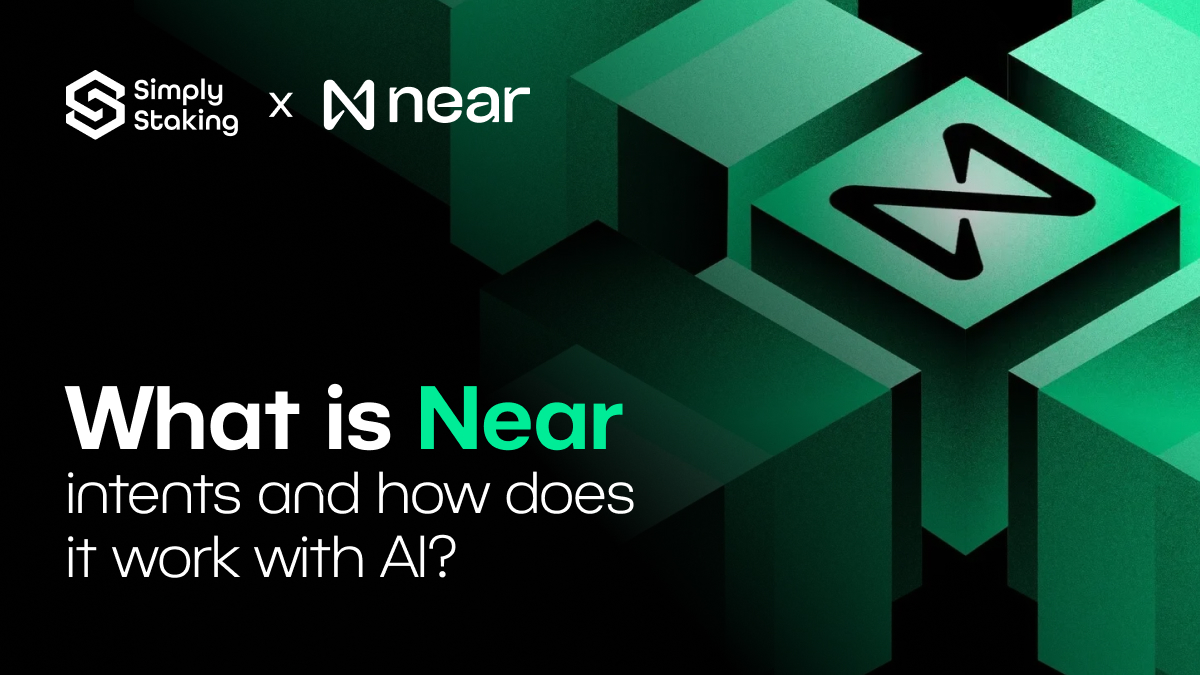
November 13, 2025
What is Near Intents?
NEAR Article
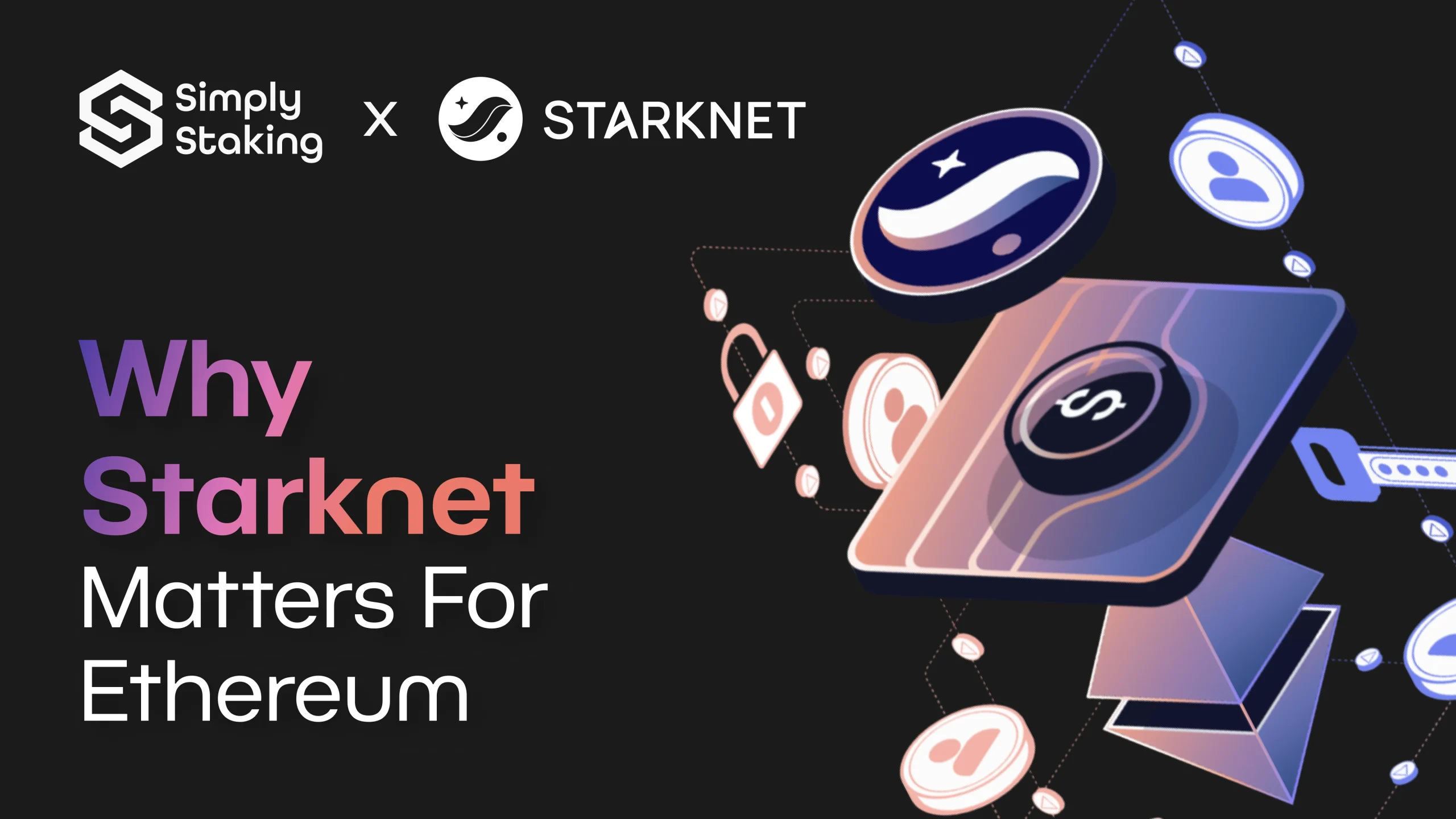
October 31, 2025
Discover how Starknet scales Ethereum.
Starknet Deep Dive

October 9, 2025
What is Canton Network?
Canton Introduction
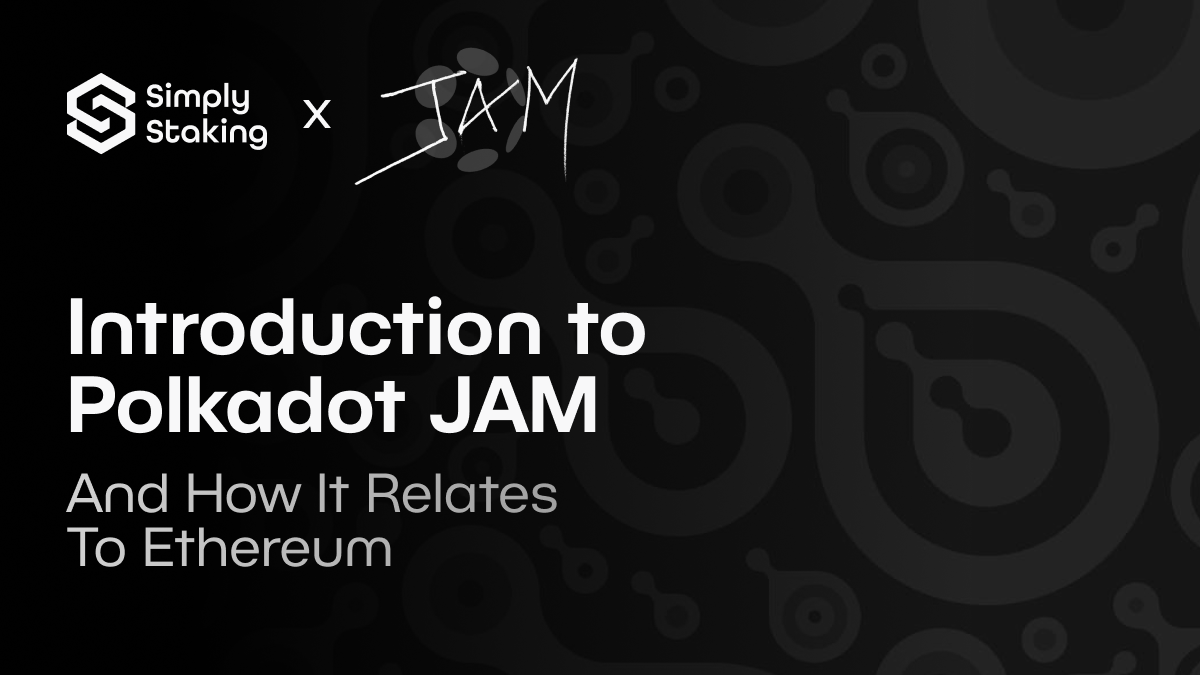
September 29, 2025
Ethereum, Polkadot & JAM: Next-Gen Web3.
Network Article
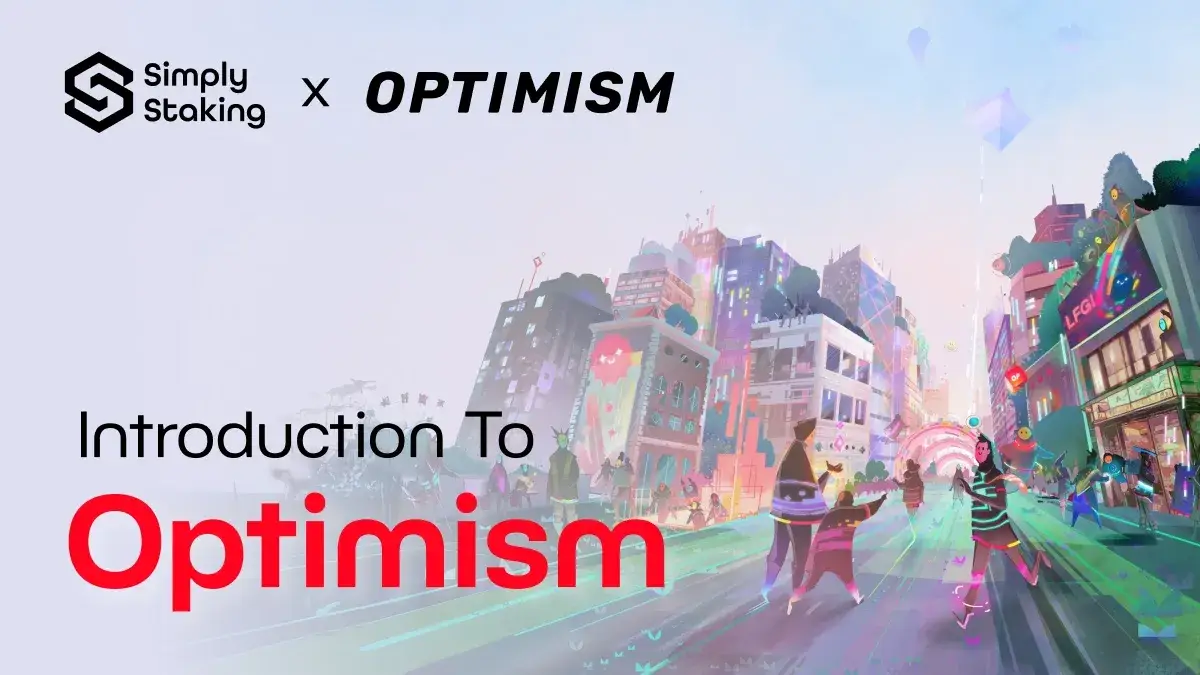
May 1, 2025
What is Optimism Protocol?
Network Article

December 11, 2025
Learn how the x402 payment protocol enables real time stablecoin transactions.
Network Introduction

November 27, 2025
The Rise of the Perp DEX.
Network Introduction

November 13, 2025
What is Hyperliquid?
Hyperliquid Article

November 13, 2025
What is Near Intents?
NEAR Article

October 31, 2025
Discover how Starknet scales Ethereum.
Starknet Deep Dive

April 9, 2025
This article is an introduction to Lido V3.
Ethereum Deep Dive

December 22, 2025
ATOM Crypto and the Cosmos Hub | Future Outlook and Price Action
Network Analysis

December 16, 2025
How Quantum Computers Could Shape the Future Of Blockchain Architecture.
Network Analysis